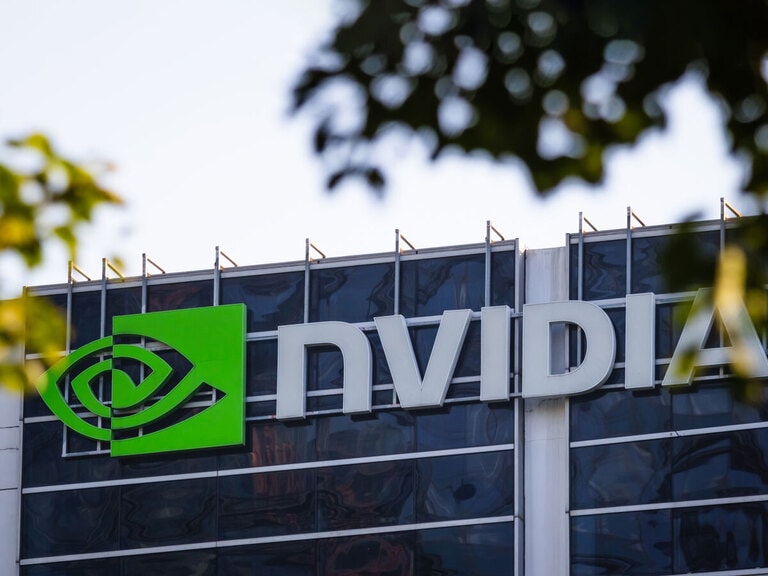The Snowflake [SNOW] share price is up 5.1% since debuting on the New York Stock Exchange (NYSE) on 16 September last year (through 20 August). However, the stock is down 37.8% from its 52-week high of $429, which it hit on 8 December 2020.
The cloud computing company has continued to post growing revenues in its most recent earnings releases, as businesses seek out faster storage, analytical and sharing services for their data rather than using traditional databases.
While this was already a pre-coronavirus pandemic trend, the crisis drove up further demand as employees working from home fuelled the need for security. There was also a need to agilely respond to new business or customer opportunities during the crisis. Snowflake’s services were also used by drugs manufacturer Pfizer [PFE] to help analyse data and improve the effectiveness of the vaccine rollout.
As the company prepares to announce its second quarter earnings on 25 August, will demand for digital services continue to boost its bottom line?
Snowflake share price falls on widening losses
The Snowflake share price had started 2021 by soaring to a high of $327.41 during intraday trading on 10 February, marking a 16.3% climb in the year to date. However, the stock has been stuck in a downward trend since then, slipping as low as $188.24 at the close on 13 May.
Its fourth quarter of the fiscal year 2021 results, released on 3 March, continued to show a widening of losses from the third quarter. Revenues were up 117% year-on-year to $190.5m, while operating losses grew to $200.4m from $85m.
In the first quarter of fiscal 2022, Snowflake reported another operating loss of $205.6m, up from a $96.4m loss in the same period last year. Meanwhile, revenues leapt 110% year-on-year to $228.9m.
$228.9million
Snowflake's Q1 fiscal 2022 revenue - a 110% YoY rise
The company also reported total customers of 4,532, up 67% from the same quarter last year, including 187 of the Fortune 500.
“Snowflake reported strong Q1 results with triple-digit growth in product revenue, reflecting strength in customer consumption,” Frank Slootman (pictured), CEO of Snowflake, said in a statement alongside the earnings.
Despite the growing customer base, the Snowflake share price stood at $266.67 at the close on 20 August, representing a year-to-date fall of 5.2%.
Is the Snowflake share price about to melt?
A key risk to the Snowflake share price is enterprise spending, particularly in small- and medium-sized enterprises (SMEs) or sectors hard hit by the coronavirus pandemic, such as aviation, travel and leisure. Companies’ technology budgets may have been badly hit by the crisis, and this could mean that they reduce spending in areas such as cloud software.
Competition from more established and larger rivals such as Amazon [AMZN] and newcomers such as artificial intelligence (AI) firm Databricks is another major risk which could melt the Snowflake share price.
“While Snowflake is multi-cloud, it derives some 85% of its revenues from data analytics jobs deployed on Amazon Web Services, which is also Snowflake's biggest rival with AWS Redshift” - Karl Keirstead, UBS analyst
Indeed, the firm’s relationship with Amazon was described as a “frenemy” by Karl Keirstead, a UBS analyst, in a recent note reported by Investor’s Business Daily. “While Snowflake is multi-cloud, it derives some 85% of its revenues from data analytics jobs deployed on Amazon Web Services, which is also Snowflake's biggest rival with AWS Redshift,” he said. “This ‘frenemy’ relationship is critical to Snowflake's success. AWS benefits far more from Snowflake spending on compute and storage infrastructure resources than they lose in the form of foregone AWS Redshift revenues. Snowflake represents a dream customer and partner for AWS and Microsoft Azure.”
Despite this potential vulnerability, Snowflake’s management remains bullish. At an analyst day in June, the company said it was looking to rack up product revenue of $10bn by 2029, equivalent to a compound annual growth rate of around 35%. The key will be an increase in the number of customers with over $1m in product revenues.
Business expansion key to growth
Analysts expect Snowflake to report a loss of $0.15 per share in the second quarter of fiscal year 2022, with revenue jumping almost 100% to $256.5m.
“We believe Snowflake will continue to replace incumbent warehousing solutions owing to their scalable and elastic cloud native data platform while also capitalising on net new workloads and use cases as digital transformation drives greater digitisation within the enterprise, and business intelligence and analytics remains a top priority for spending” - Kash Rangan, Goldman Sachs analyst
Kash Rangan, an analyst at Goldman Sachs, is bullish on the group’s long-term potential. “We believe Snowflake will continue to replace incumbent warehousing solutions owing to their scalable and elastic cloud native data platform while also capitalising on net new workloads and use cases as digital transformation drives greater digitisation within the enterprise, and business intelligence and analytics remains a top priority for spending,” he said. Goldman has a buy rating and a $275 price target.
Mizuho is also confident, raising its target price on Snowflake to $320 from $300. “We continue to hear of strong consumption trends on SNOW. Also, the number of data sets in the Snowflake Data Marketplace is accelerating,” it said in a note reported by SeekingAlpha.
Continue reading for FREE
- Includes free newsletter updates, unsubscribe anytime. Privacy policy





